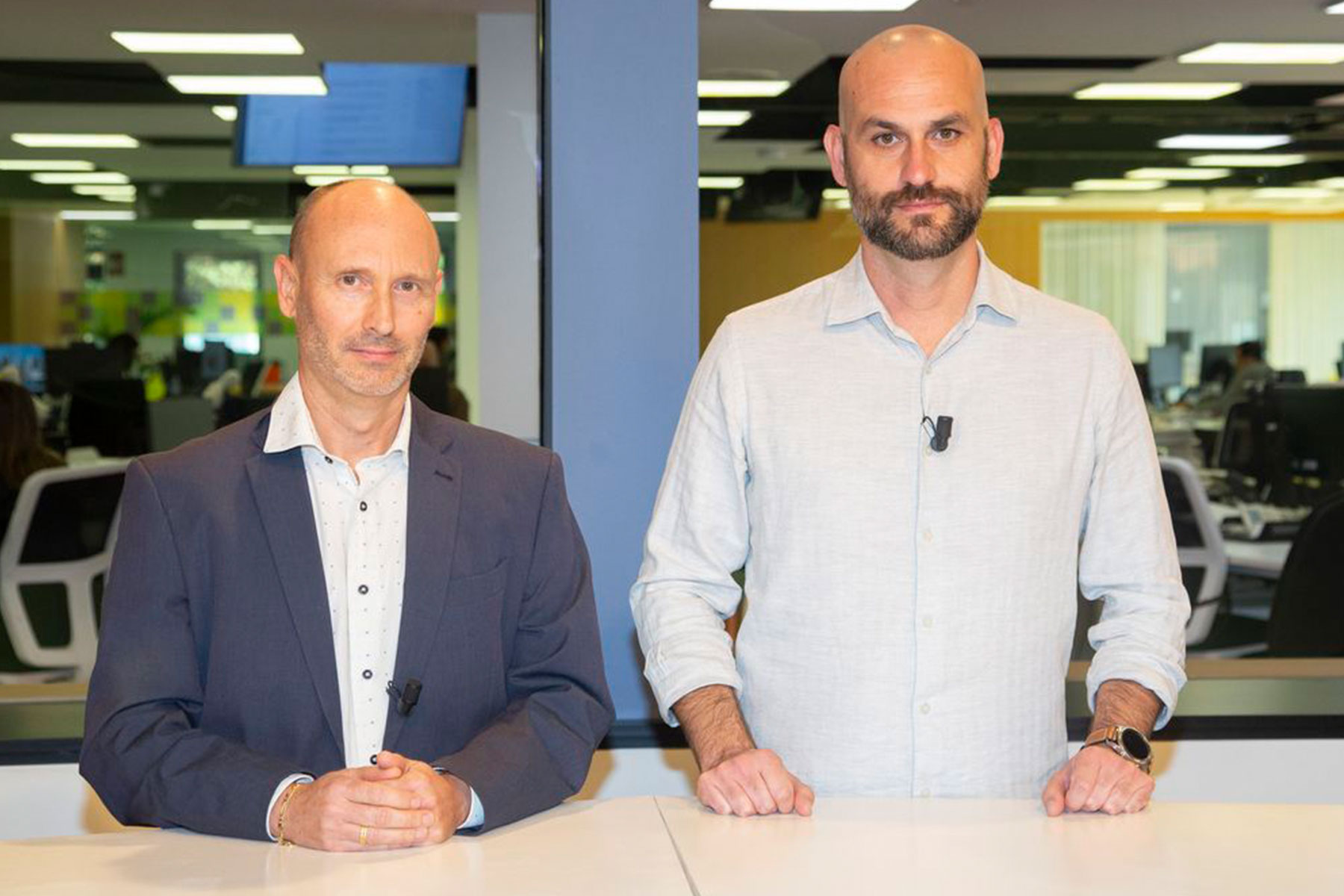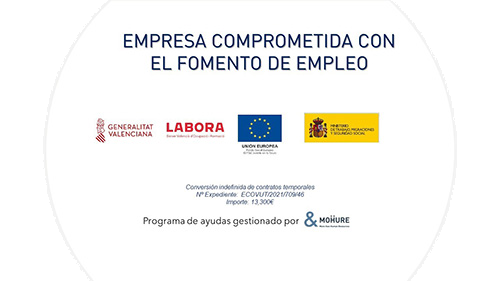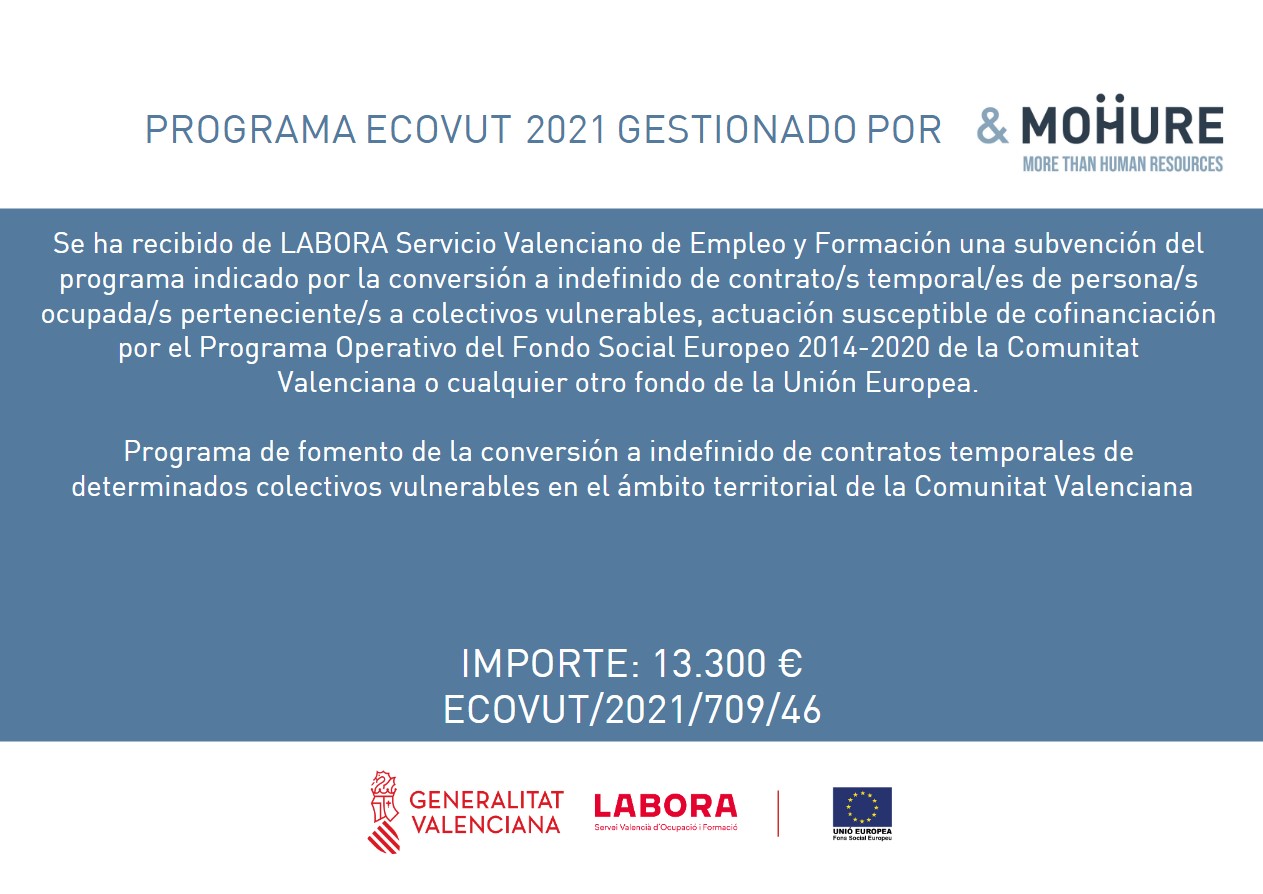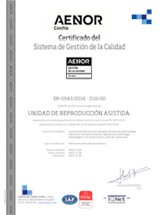Experts from the Vistahermosa Reproduction Unit present their new non-invasive embryo chromosome test, a technique to ensure the health of future babies
The birth of a healthy baby is the main objective pursued by Reproductive Medicine. And among the emerging techniques in this field, there is the new non-invasive Preimplantation Genetic Test (PGT), which purpose is to obtain genetic information from the embryo in the least harmful way possible before transferring it to the maternal uterus. And, in addition to getting pregnant, women who are going to undergo fertility treatment must take a very important factor into account, and that is the health of their baby.
This is where the new chromosomal test comes into play and, to explain it more extensively and to make it more accessible to the public, the INFORMATION news team together with the Vistahermosa Reproduction Unit has organized this week a meeting with two experts: Dr. Juan Manuel Moreno, embryologist and director of the UR Vistahermosa Embryology Laboratory, and Dr. Antonio Urbano, geneticist and specialist in Preimplantation Genetic Testing at UR Vistahermosa.
“Genetic alterations are characteristics that appear frequently in human embryos. This is why many of them do not implant naturally or end in miscarriages”, pointed out Dr. Moreno.
Who is this study aimed at?
“Mainly, to patients with inherited genetic diseases or autoimmune diseases, to avoid transmitting these genetic problems to their babies. Also, to women older than 38 years of age, since this is when a higher percentage of chromosomal abnormalities in the oocytes start to appear. And to patients who suffer from implantation failure or recurrent miscarriages. It is also recommended when the male’s semen is altered”
And what is the non-invasive PGT-A?
The first step is to carry out the In Vitro Fertilization (IVF) technique. If the process is successful, each fertilized egg will give rise to an embryo. In the traditional genetic test, the embryo is biopsied to analyse its cells. “It is an invasive but safe and reliable technique. It involves a certain risk for the embryo, but it is totally controlled,” said Dr. Urbano.
The novelty of the non-invasive technique is that the risk is zero, because the embryo is not manipulated at any time. “Nowadays, we have enough technology to detect the embryo’s DNA in the culture medium where it is growing, performing an analysis using highly sensitive techniques (massive sequencing). We can thus determine their chromosomal load, which is what interests us to be able to choose the embryos with the correct number of chromosomes for the transfer, which leads to a healthy and safe pregnancy,” concluded Antonio Urbano.











